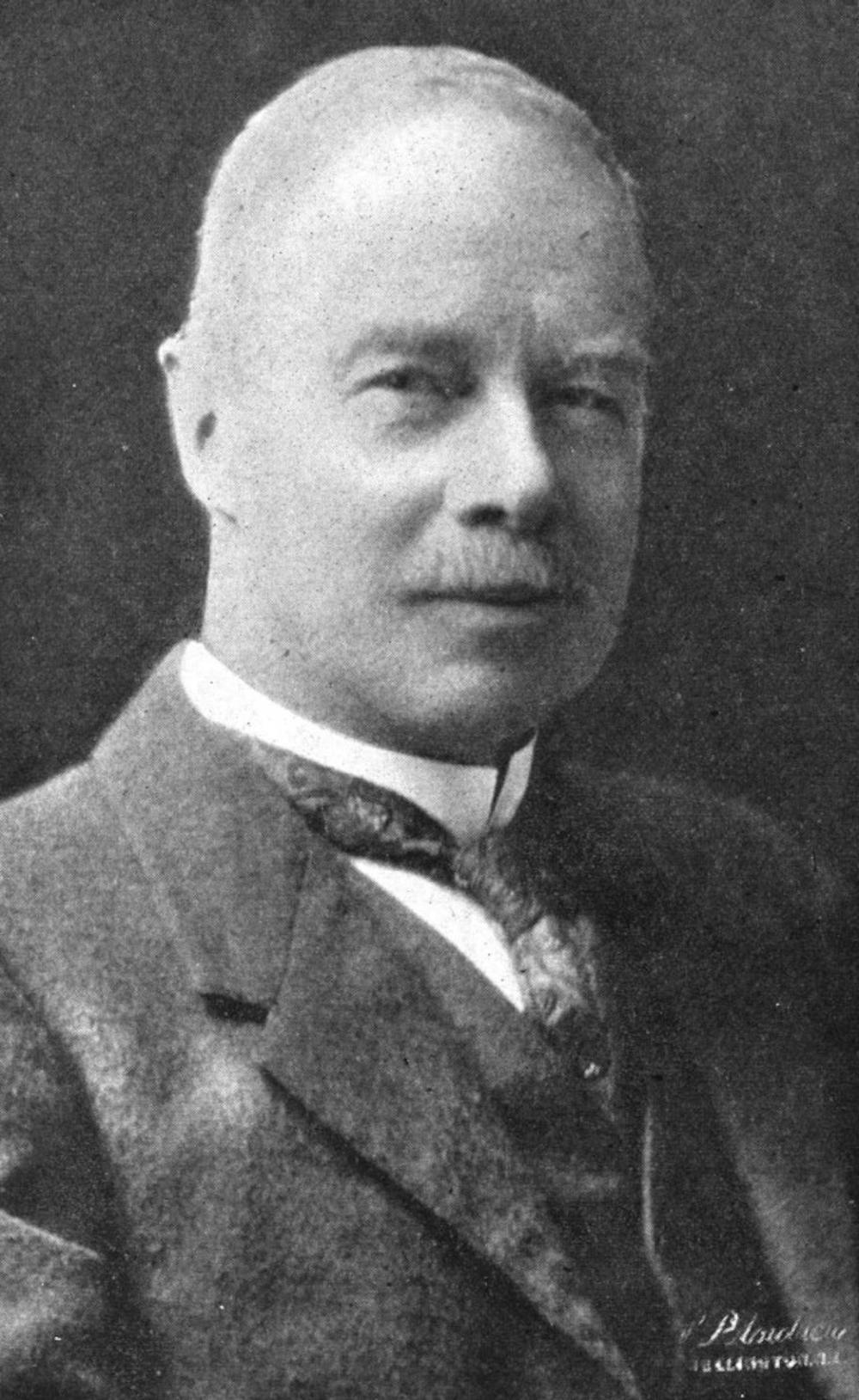“We didn't miss it because...wait, you don't know? I know something about history that you don't?”
“I'd be very excited to learn about it, Riley.”
- National Treasure
Being in Arizona around this time of year isn't very special. Yeah, we have great weather and all of your friends back home on the East Coast are seeing their first snowstorm of the year. But so what? Our clocks stay the same all year. How boring.
Daylight Savings Time (DST) is actually a very interesting concept. Beginning all the way in ancient times, Romans set their clocks back and forth to manage the amount of sunlight they were awake for. However, this wasn't really the most uniform of practices. The length of DST back then varied anywhere from 44 minutes to 90 minutes. The practice was then used on and off since ancient civilizations first implemented it.
Now, if you've seen National Treasure, you know that one of the characters, Riley Poole, was very proud of himself for remembering who first proposed a uniform Daylight Savings Time. Too bad
the movie got that part horribly wrong. Contrary to popular belief, Benjamin Franklin was not the first to propose that idea. It was George Vernon Hudson from New Zealand in the 1800s. The idea wasn't implemented until WWI by Germany and Austria-Hungary. They were trying to conserve coal during wartime and believed that consumption would drop if there was more sunlight (and therefore more light and heat). The United States adopted the concept after the war in 1918. Again, DST was used on and off throughout the next 50 years. It wasn't until the 1970s when the majority of North America implemented the yearly Daylight Savings Time that we know today. Or, at least, with the exception of Arizona.
Dare to be different.
Have a burning historical question? Want to talk history? Drop us a line at sparkysquill@gmail.com or find us on twitter @sparkysquill!






